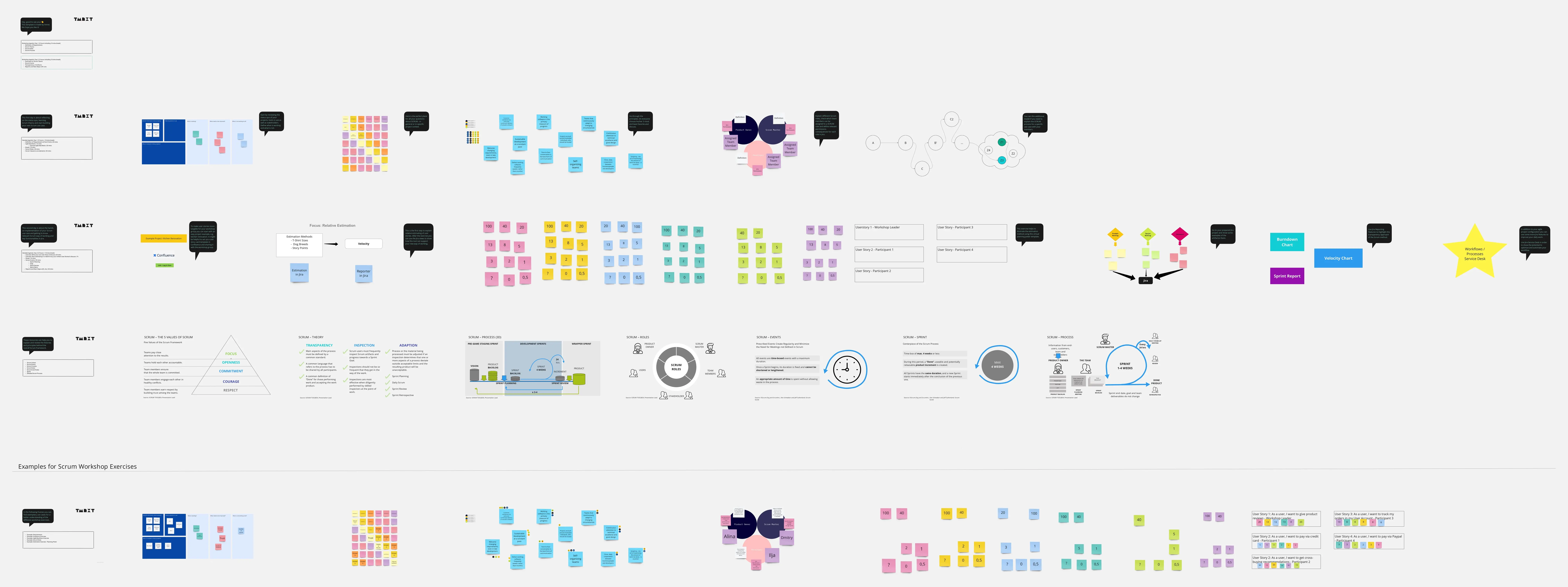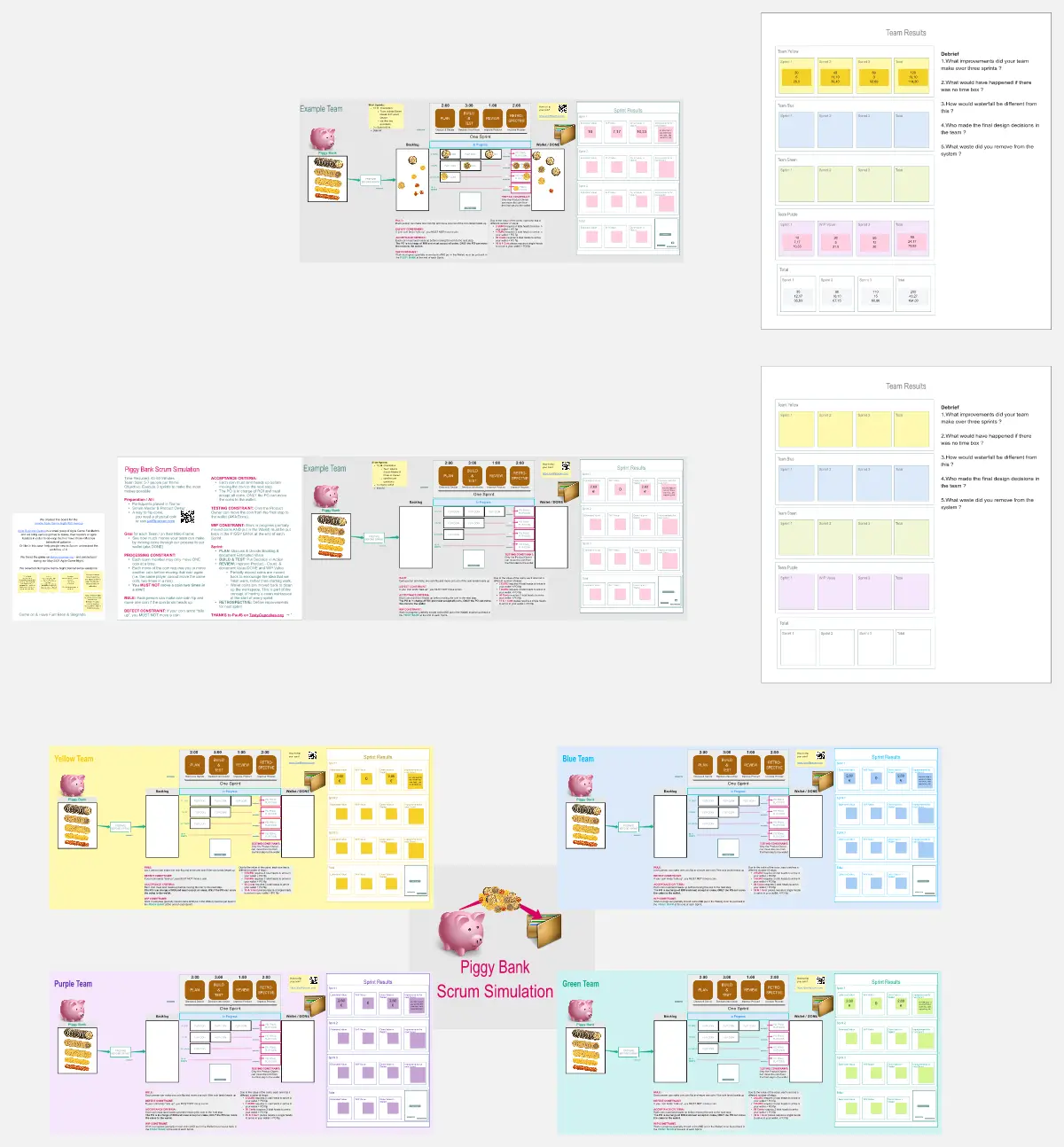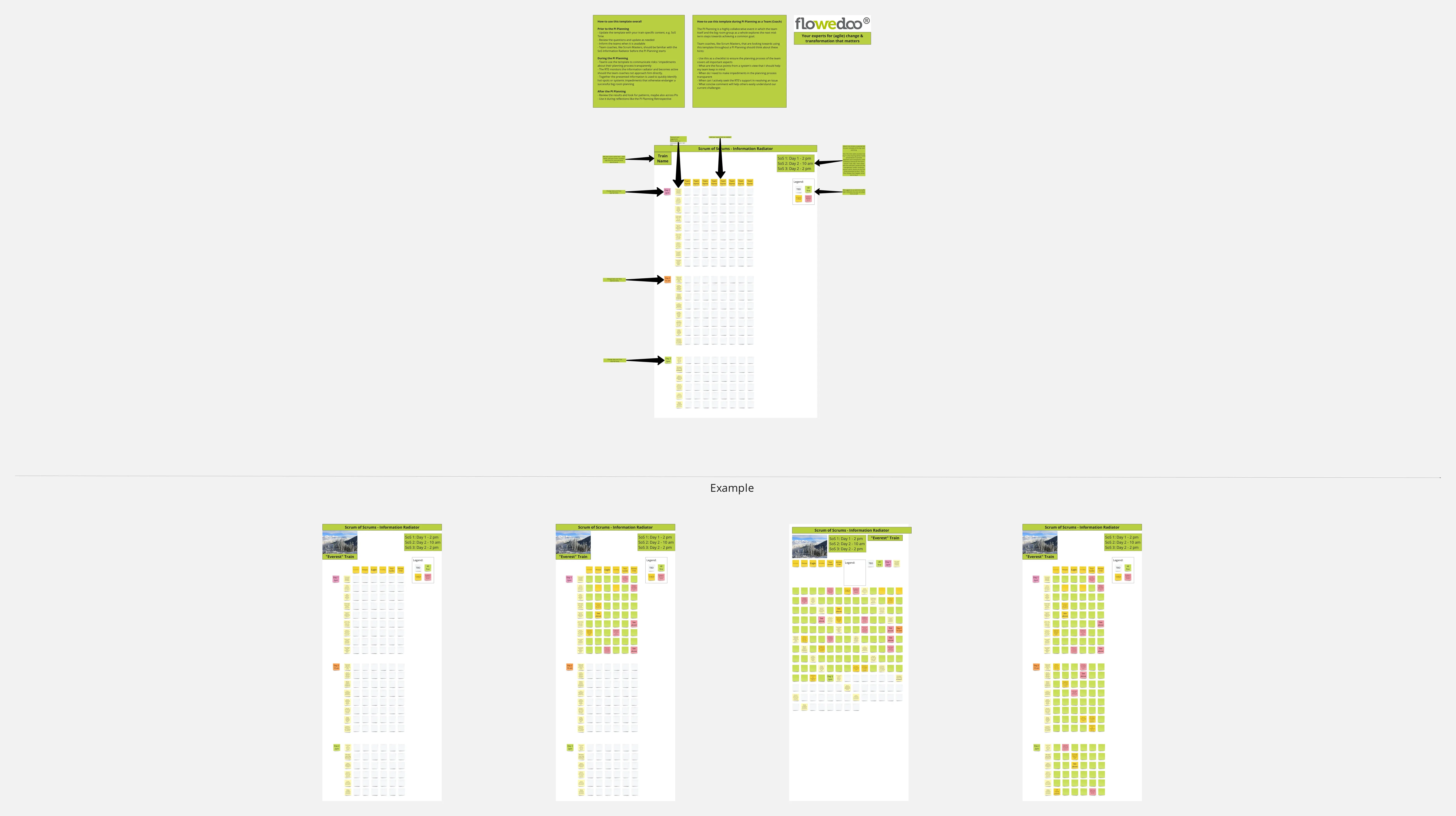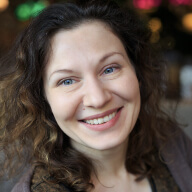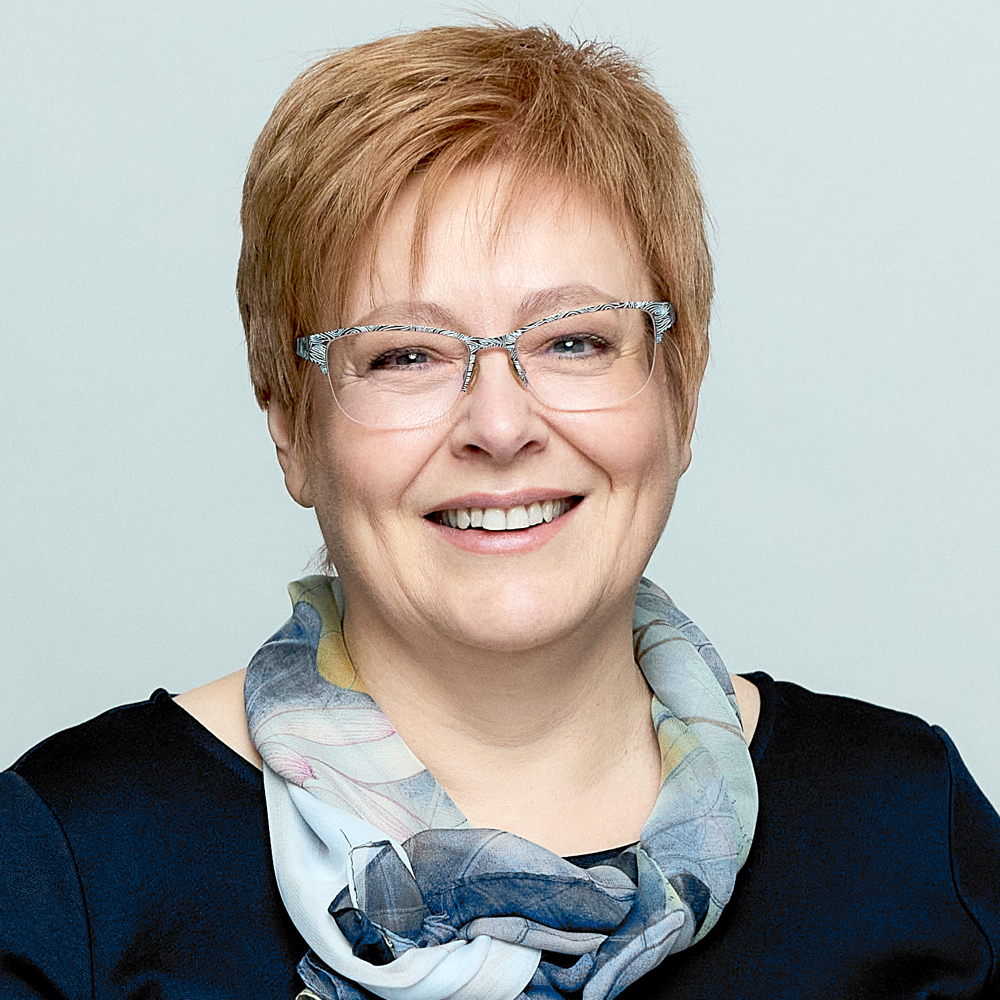'Flap' eduScrum Educational Board
eduScrum is an educational framework based on Agile approach in which students take responsibility for organizing their own learning process. It is a set of roles, activities and artifacts, and interaction rules that binds them all together.
A teacher (or a team of teachers) prepares 'Project assignment' aimed to reach one or several learning objectives. Is contains the description of a problem that students must resolve during completing a project. The problem is connected with application of the knowledge to be learnt to the real life. Also there are some 'acceptance criteria' in the assignment that show which results must be reached by a team at the end of the project. And a set of Stories which are the big 'rocks' of the project describes the division of it into separate parts each one with a valuable and measurable input into the project.
Next step is to form edu-teams. They consist of three roles: a Teacher (who is a Product owner) a Team captain (who shares the functions of an eduScrum-master with a teacher) and a Team of students. A team consists of 4-6 students and a teacher is always present in between teams as a facilitator, coach and an expert in a subject by demand. A team is formed based on different personal qualities and skills such as 'ability to listen', 'creativity', 'leadership', 'presentation' and other important qualities that a teacher with students may determine for themselves.
Then teams start to plan their work together. In the beginning they create team agreements which are: Definition of Fun (DoF) and Definition of Doing (DoD). With DoF students decide how to organize their work with fun: to play together, to give each other positive feedback etc; DoD is about the working agreements: how team will organize their work effectively. Then a team creates the tasks for each Story (or create Stories if they are mature enough) aligned with the Celebration criteria (which are learning goals and requirements for the result). Then they weight the efforts for each task using task points (such as T-shirts or Fibonacci numbers) and divide the common amount of points for the amount of meetings per Sprint. And they draw a Run-up chart in order to see what amount of points they should complete at any learning meeting (or in between them) in order to meet the learning goals in time.
Then teams start to work in learning cycles (Plan-Learn by doing-Check-Adapt). Each learning meeting starts with a short stand-up where teams actualize the current status of their work and update the Run-up chart. After that they may re-plan their works if new information about the project or the ways of learning came outside. Then team members do planned tasks. They can learn themselves, they can listen to the teacher or they can ask him questions about the unclear topics. In each 2-3 meetings a teacher organize short Reviews and check how teams fulfill the tasks according to the criteria. Also teams do short Retrospectives in order to make their learning and working process more efficient and effective and adapt their collaborative process if required.
After a series of learning cycles at the end of a project teams and students should demonstrate the results of their work. Each student pass the final exam or test that shows what he or she personally learnt during the eduScrum project. Then teams demonstrates the outcomes of the projects: how they resolved a problem given in the project assignment and what they have created as a team (presentation, video, real product or anything else according to the initial criteria).
At the end of the educational Sprint there is a Retrospective meeting. Team members analyse their wins and failures, how they worked together as a team, what learning tools were most effective for them. (There are many retrospective technics presented in Miroverse). Also each student gets a feedback from the team about his personal qualities and reflects what he or she has learnt about himself/herself. A team decides what improvement they will take into their next project and may fix it in their DoD or DoF. Every team member decides what qualities he or she wants to keep and what to develop to be better team member.
Categories
Similar templates
